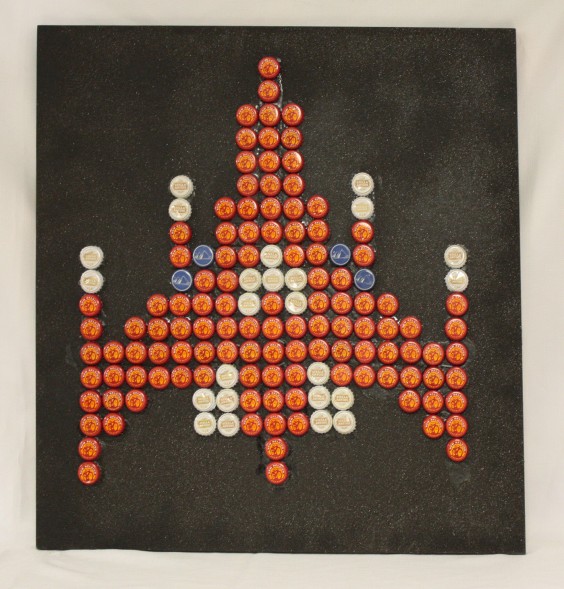Saving Culture
Written by Judith // October 8, 2015 // In the Museum // No comments
At DGM, we say that we are a history and cultural museum. Saving history is obvious enough, but culture is a lot more nebulous. Generally culture embraces the shared activities, beliefs and behaviors of a group of people. The culture of a people can be represented by its arts, music and stories, but it’s an elusive quality, even when thinking of well-defined cultural groups.
Is there really a video game culture? Wikipedia has a very long article on the topic. It begins by calling video game culture a subculture, and then proceeds to dissect it into very narrowly defined interest groups. It reminds me of my studies in botany; classifiers (taxonomists) have two styles: “lumpers” and “splitters,” with lumpers wanting as few divisions as possible, and splitters creating new genera or families based on slight differences. Nowadays, it all comes down to genetics, and DNA gives a new structure and validity to classifications. But we’re not likely to find something as objective as DNA for video games, and the splitters have been busy on Wikipedia.
It’s interesting to note that there isn’t much mention in the article about the international nature of gaming outside of dedicated TV stations. And yet, I’m sure that videogame culture transcends genres, language and location. Game art is recognized worldwide (Mario surpassed Mickey Mouse in recognition by American children in the 1990s), game music is performed by groups from many countries, and game play is likewise universal. Professional and amateur gaming teams are made of an international assortment of gaming pros. Hand a gamer any controller and they will figure out how to play the game. Game play is a common language that doesn’t require words. Gaming culture transcends national and ethnic culture.
So how do we preserve it? Like any anthropologist, we save everything that might give an insight into how the people involved with games lived, thought, and acted. We save playable games, consoles, and related hardware. We save marketing, packaging, fan art, and memorabilia. Most of all, we save stories. Artifacts can’t speak for themselves, so we ask the people who donate or know about those artifacts to speak on their behalf. Those stories are also making their way into our database.
You can read samples of these stories in the Loser Ribbon, and the Trion Storyboards entries. What are these things, where did they come from, and why is it worth saving them? They are pieces of history, and they teach us about game culture.
Do you have something that tells a story of gaming history or culture? Bring it to DGM and save the story with us!
Picture at top: “Captured.” Bottle caps in the shape of a captured star fighter from the video game Galaga. Original fan art.
2012.035.001 – Created by Jason A. Clark.


